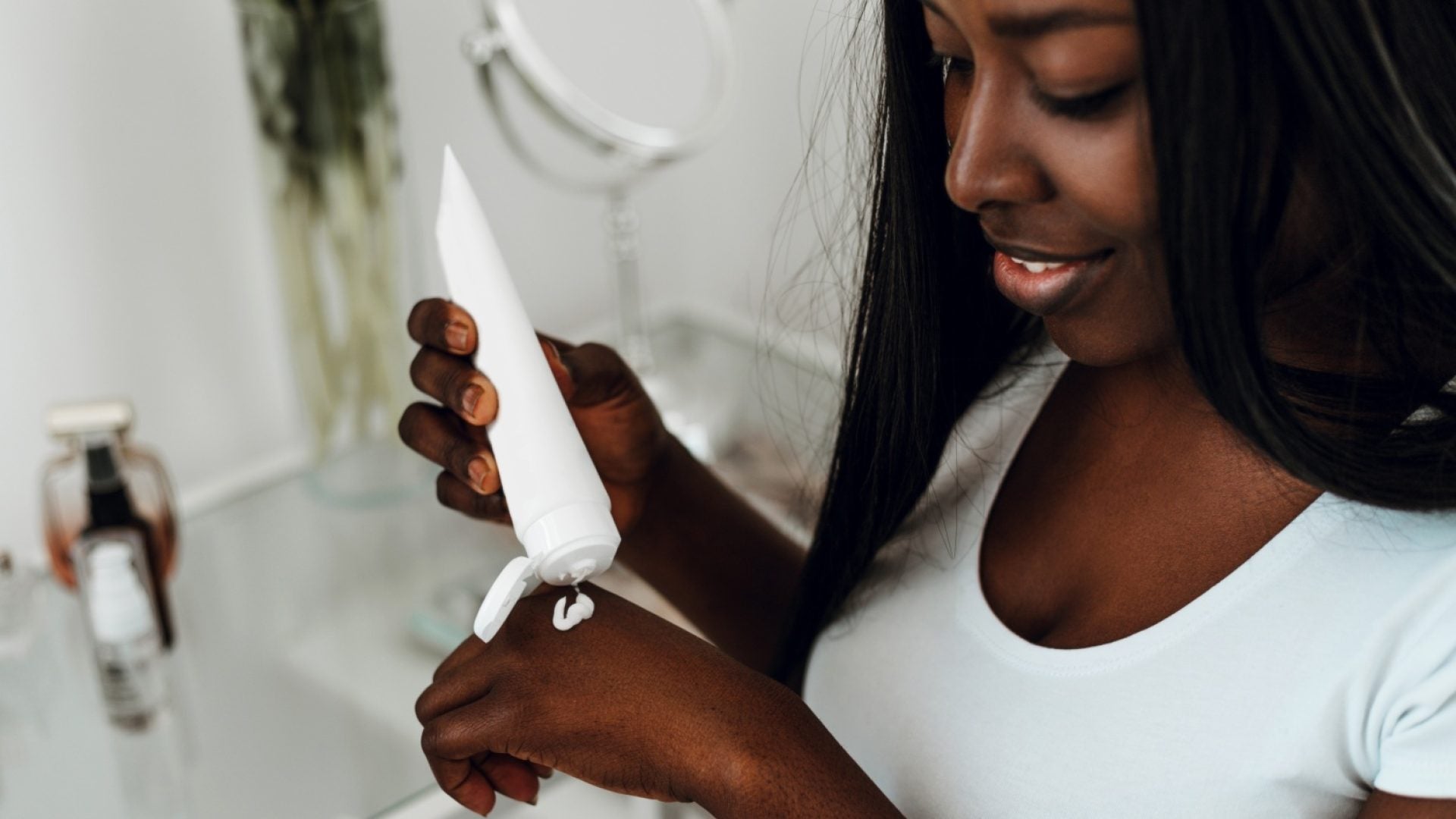
4.5.6 Skin, a black-owned skincare company catering to darker skin phototypes (4, 5, and 6), stands out as a must-have brand in your skincare regimen. But before delving into what 4.5.6 Skin offers, it’s essential to understand the concept of skin phototypes.
Skin phototypes are used to categorize skin tones based on the amount of melanin pigment present. Much like when selecting a foundation shade at Sephora, the scale typically ranges from phototype 1 (fairest skin) to, if fortunate, phototype 6 (richest skin). However, the skincare market often leans towards products formulated for lighter skin tones, leaving those with darker skin struggling to find suitable options. The lack of representation and testing on darker skin in the development of skincare contributes to the inequities in the global skincare market, impacting the efficacy, prescription, and diagnosis of products for Brown and Black individuals.
In the United States, only 3 percent of dermatologists are people of color, leading to a significant lack in the study of darker skin. This underrepresentation has resulted in a notable disparity in skincare knowledge and treatment for individuals with darker skin tones. To bridge this skincare equity gap and address the lack of representation, 4.5.6 Skin is the solution. In a conversation with CEO and Co-Founder, Noelly Michoux, ESSENCE provides an exclusive insight into the science of skin.
During our discussion, Michoux raised questions that the skincare market rarely ever addresses: What is the physiology of Brown and Black skin? How does their genetic makeup impact their skin? How does the climate and sun affect their skin? What is the impact of skincare formulas on their skin? And most importantly, how does darker skin react to all of these products in an industry that lacks inclusivity for their tone?
“We created the science of skin tone, [and through research], a formula which really understands the physiology of us, the function and mechanism of melanin, and are just as effective as they should be,” Michoux said. “When we studied melanin, we learned your skin tone informs and then impacts much of our inner skin health.” Per 4.5.6 Skin, darker phototypes exhibit denser skin with more layers, resulting in varying risks of hyperpigmentation and aging due to sun exposure.
Phototype 4
For phototype 4, their skin tone is light brown to olive, and may tan easily with moderate to high risk of hyperpigmentation and moderate risk of aging from sun exposure. Common skin concerns for type 4 skin may be
redness, uneven skin tone, discoloration, dark spots, pore size and fine lines.
Phototype 5
For phototype 5, their skin tone is brown to deeper brown, and may tan very easily with a very high risk of hyperpigmentation, but low risk of aging from sun exposure. Common skin concerns for type 5 may be hyperpigmentation, dark spots, enlarged pores, excess sebum, acne and dry patches.
Phototype 6
The richest yet most under-represented skin tone, phototype 6, has a very dark brown to black skin tone which is always tan. Although they have a very high risk of hyperpigmentation (which may not be visible), they have a very low risk of aging from sun exposure. Type 6 skin may have concerns of dry, flaky skin, excess sebum, acne, hyperpigmentation, dark spots and dull skin.
No matter your skin phototype, 4.5.6 Skin offers a diverse range of products, from Hydrating Cleansing Oil to Biomimetic Essence specifically tailored to address skin concerns you may not have been aware of. Issues such as inflammation, irritation, dryness, dull skin, hyperpigmentation, and exfoliation are not solely attributed to your “skin type” but may result from using skincare products not formulated for your skin tone. With their sustainably-sourced, biodynamic ingredients, these products cater to the needs of your melanated skin and the environment. Embrace the opportunity to cleanse, treat, and hydrate your skin as it deserves. Once you discover your phototype, take the 4.5.6 skincare quiz to access clinical grade skincare customized to suit you unique skin requirements.




